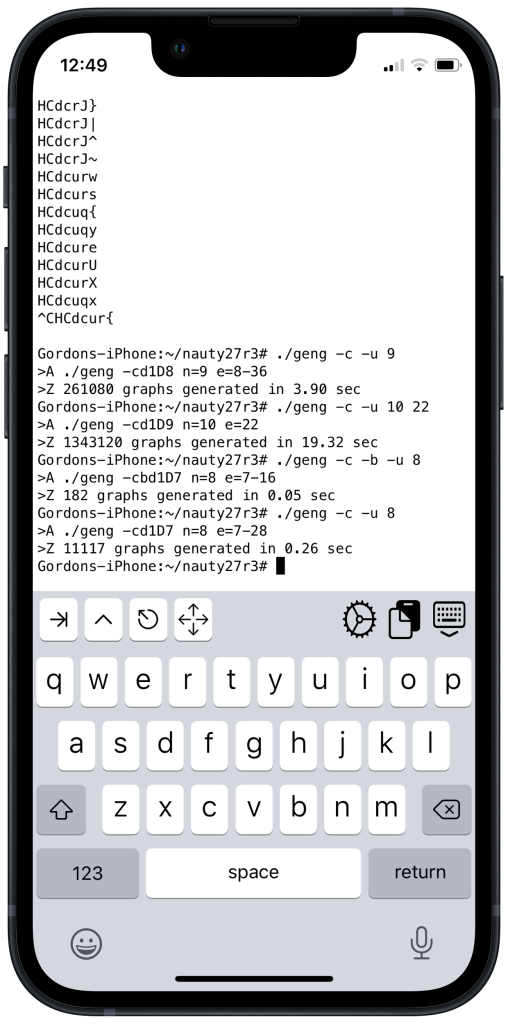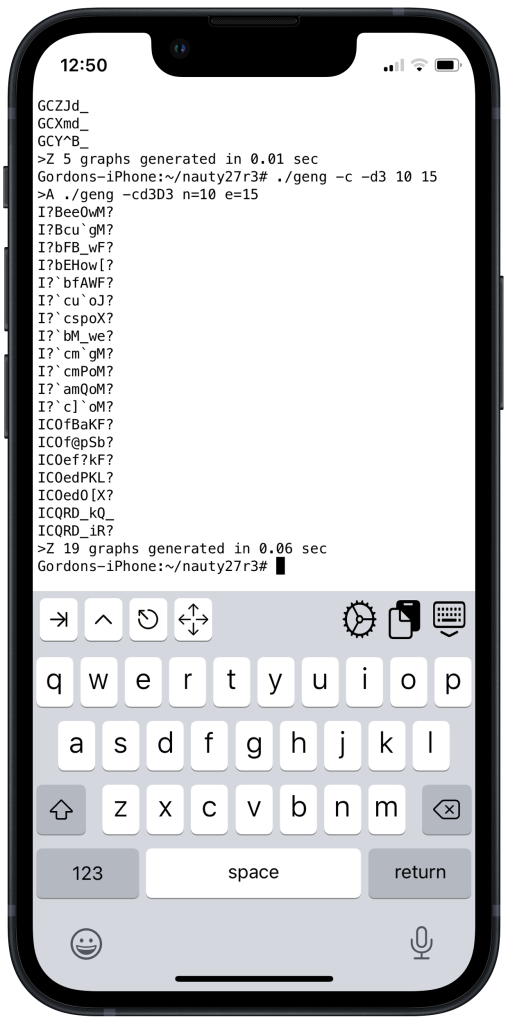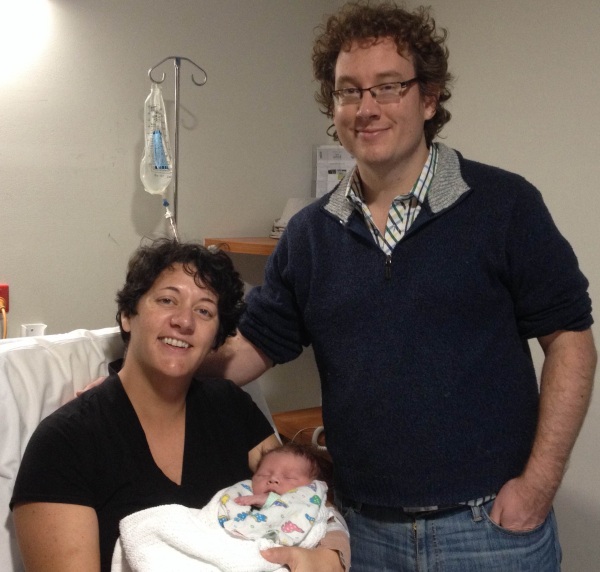I’ve just returned to Perth after giving one of the plenary talks at the “10th Slovenian Conference on Graph Theory” held in small ski-resort town of Kranjska Gora. I had never been to Slovenia before and hadn’t realised how spectacularly beautiful it is. Lush green forests, steep mountains and azure alpine lakes complemented with a scattering of castles, churches and other historical buildings combine to make a scenic wonderland.
It is of course a long way to go for a conference, but because travel has been so restricted for the last few years, and because I was one of the plenary speakers, I felt that it was an opportunity (for visibility, contacts, impact etc) that I would be foolish to miss. As it turns out, I’m very glad that I went, because I did indeed meet and talk to many people, from decades-old acquaintances to new PhD students.
I went a few days early to give me time to overcome jet lag and was fortunate enough to be able to join the conference organiser Primož Potočnik and a few others in the town of Bled, staying in the villa formerly owned by Josip Premelj, the first rector of the University of Ljubljana. Bled itself is renowned for its picture-postcard scenery, in particular Lake Bled with its island church and overlooking castle. Bled is also famous for its kremšnita (cream cake) whose deliciousness I can personally verify, and for the naturopath Arnold Rikli. He believed that exercising naked in the sunshine and bathing in cold water surrounded by the glories of nature was good for both body and soul, an opinion not necessarily shared by the citizens of Bled in the 1860s.

The conference itself was held in Kranjska Gora which is a small town about 30 minutes from Bled. The town lies in a valley surrounded by ski-slopes and appears to exist entirely to service skiers in the winter and adventure tourists (mountain bikers, climbers, hikers and kayakers) in the summer. As a result, it has hotel, dining and other facilities out of proportion to its size and is probably extra keen on attracting summer visitors.
With 340 registered participants (apparently many more than anticipated), the conference had to spread over two large hotels about 100m apart from each other and had, at times, 7 parallel sessions. This made for many difficult decisions particularly as it not really practical to switch hotels between consecutive talks. On the plus side, there was almost always at least one of the parallel sessions with a talk that interested me.
UWA was well represented in various ways among the plenary speakers. In addition to myself, there was David Wood, who did his undergraduate degree at UWA (in fact, I taught him Algorithms sometime last century) and Anders Yeo who is the son of former UWA academic Geoff Yeo who still lives in Perth (I think Anders said that to me in passing).
I went to far too many talks to comment on all of them, so I’ll just talk about one that particularly interested me. Gary Greaves from NTU (Singapore) gave a very nice talk on graphs with three distinct eigenvalues. Strongly regular graphs have this property but as these are already very heavily studied, the talk was really about non-regular graphs with three distinct eigenvalues. These can be stratified by the dimension of the minimal coherent algebra containing the adjacency matrix of the graph, and when this dimension is low it is possible to find complete characterisations involving other combinatorial objects such as symmetric designs, quasi-symmetric designs etc. Gary also mentioned an intriguing conjecture (or question) due to my old friend Dom de Caen.
Question: Is it true that a connected graph with three distinct eigenvalues has at most three distinct vertex degrees?






